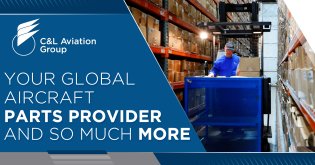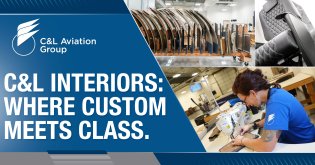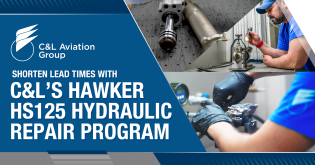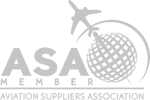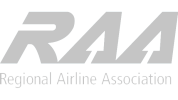Time is of the essence when it comes to Aircraft on Ground (AOG) situations. An AOG may occur if an aircraft part is found unserviceable, preventing the aircraft from flying. Delays to aircraft schedules may financially hurt operations, depending on how long it takes to receive the necessary parts or repairs. Knowing how to prepare for the unexpected and what information to provide to suppliers ahead of time can help you effectively and efficiently navigate the AOG process.
What is an AOG?
Aircraft on Ground (AOG) situations occur when an aircraft becomes inoperable due to an issue with a flight-critical part. These issues can happen unexpectedly due to various faults, such as mechanical or software failure, damage to the aircraft, expiration or age of the part, etc.
Some AOG issues may only require a service to be performed on the part. For instance, cockpit avionics failure may only need a software update. In most cases, however, a part must be replaced.

How to Prepare for an AOG Situation
Although AOG situations are unpredictable, you can still prepare by sourcing materials in advance. To do so, familiarize yourself with parts suppliers (i.e., OEMs, parts distributors, and repair vendors) and their AOG services. Also, consider their warehouse locations in relation to the airports where you commonly operate. Knowing who is available and has parts and services close to your operation will save you time when acquiring and awaiting a critical part.
Once you have determined suppliers who may be right for your operation, establish relationships with them or even open an account. Already having an account with a supplier before placing an order will not only save you time but may also save you additional pre-payment costs, credit card charges, and possible core charges (if obtaining a part on exchange).
Creating an Account with a Supplier
When setting up an account with a supplier, the supplier may need to vet your operation before approving you as a customer and establishing credit terms. They may require that you fill out some forms, such as “Know Your Customer” (KYC) and end-user statement (EUS) forms.
Creating an account takes time – that you might not have during an AOG situation. Further, if credit is not approved in time, you may have to pay for the replacement part upfront.
How to Contact an AOG Parts Support Provider
Parts suppliers may have a dedicated AOG hotline that connects you directly with an AOG parts specialist. If you cannot reach someone via the hotline, you can leave a message, and the specialist will return your call promptly.
Pro Tip: The most direct way to contact a parts supplier is by calling their AOG hotline. Emails and text messages are often less efficient for various reasons. They might not be monitored outside of business hours, go unnoticed in crowded inboxes, or be sent to spam or accidentally deleted.
What Information to Provide to a Parts Supplier
Before contacting a supplier, be sure you have the following general information ready:
- Aircraft type and tail number
- Part number and description
- Acceptable part condition
- Whether the part will be purchased outright or on exchange
- Certification requirements for the replacement part
- 8130 dual release form, EASA approval, etc.
- Location of grounded aircraft
The supplier may request additional information to ensure the replacement part meets your requirements, such as time or cycle limits or warranties.
The supplier may also ask what is wrong with the old part to determine if there are alternate purchasing options. For instance, the supplier may offer an exchange option if the old part is repairable.
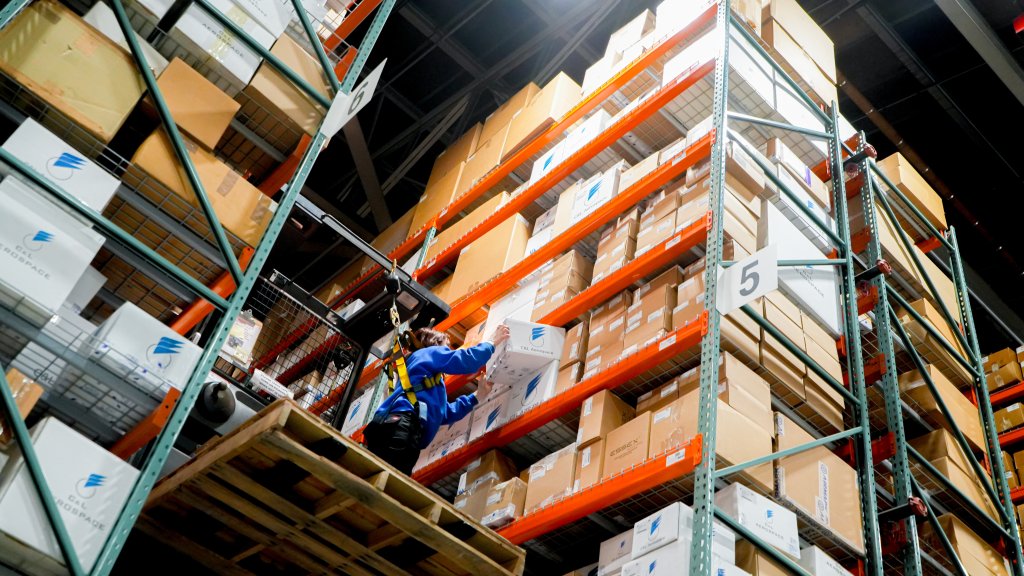
Will There Be AOG Fees?
Most part support providers charge a fee for AOG services, covering staffing expenses for shipping preparation, which sometimes happen outside of working hours. These fees can range from $100 to $1,000 depending on the supplier.
What are AOG Shipping Options?
Shipping options vary based on when you need to receive the part and what shipping options are available from the supplier’s facility to the grounded aircraft’s location. Most part suppliers will utilize AOG couriers or expedited shipping through common carriers, such as FedEx, UPS, or DHL. They will also work with your preferred courier with whom you already have an account.
Part suppliers may also offer the following methods for quick delivery:
- Counter-to-counter – Generally, this method is only available for small parcels because the AOG replacement part is delivered to an airline that flies the part to its destination. The replacement part is then available for pick up at the airport ticket counter.
- Hotshot – This method, also known as direct drive or dedicated truck, involves a dedicated driver taking the replacement part directly from the supplier’s facility to the grounded aircraft’s location.
How to Minimize AOG Downtime
Regularly inspecting and performing maintenance on your aircraft can help ensure airworthiness, but AOG situations can still happen unexpectedly. You can prepare for these situations by stocking critical, no-fly parts. Having a spare parts inventory available helps alleviate AOG situations and minimizes aircraft downtime.
Be Prepared for the Unexpected
AOG situations can happen unexpectedly and may result in revenue loss depending on how long the aircraft is out of commission. Having an account with a parts supplier and understanding their AOG service options will save you valuable time and help streamline the AOG process.

